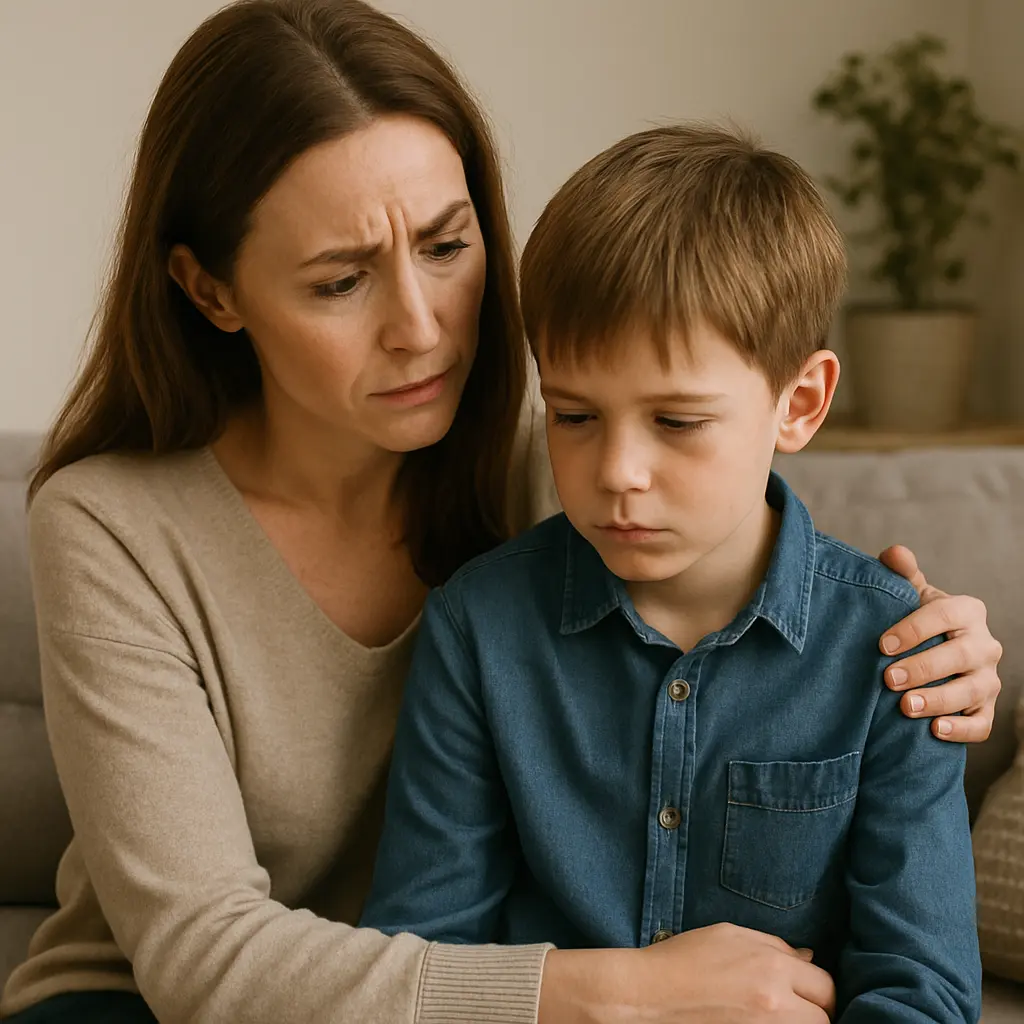This article explores how unresolved trauma in parents can influence their parenting style and how they can move from survival-based reactions to building secure and emotionally responsive relationships with their children.
Introduction
Many parents today were once children raised in environments marked by neglect, chaos, or emotional inconsistency. Despite their best intentions, they may find themselves repeating the very patterns they vowed to break. While trauma complicates the path of parenting, with awareness and support, it is possible to move from “survival-based parenting” to safe, secure, and healing relationships with children.
Section 1: What Is Survival-Based Parenting?
Parents with a trauma history often parent from a place of emotional reactivity. Common behaviors may include:
- Feeling overwhelmed by their child’s distress
- Struggling with persistent anger or a sense of inadequacy
- Becoming emotionally numb or avoiding conflict altogether
These are not conscious choices—they are protective responses shaped by a nervous system trained to survive, not connect.
Section 2: How Trauma Is Transmitted Across Generations
Attachment theory, particularly the work of Bowlby and Fonagy, emphasizes that insecure or disorganized attachment can be passed from one generation to the next.
- Parents with unresolved trauma are more likely to have children with insecure attachment styles.
- This transmission happens subtly—through body language, tone of voice, and emotional dysregulation.
But the cycle is not irreversible. The human brain is adaptable, and healing through parenting is possible.
Section 3: Moving from Survival to Security – Key Steps
- Self-awareness of Patterns
The first step is recognizing responses that belong to the parent’s past, not the child’s present. - Self-Compassion
Parents who treat themselves with kindness are more likely to offer compassion to their children. - Nervous System Regulation
Tools like deep breathing, mindful pauses, and grounding techniques help shift the parent out of fight-or-flight mode. - Becoming the Secure Base You Never Had
Through consistent emotional presence, predictable reactions, and empathic attunement, parents can offer what they may have never received.
Section 4: The Role of Professional Support
- Participating in attachment-based parenting coaching offers a safe space to explore and rewire old patterns.
- Approaches like ISTDP, Attachment-Based Family Therapy (ABFT), and Mindful Parenting are powerful tools for transformation.
Conclusion
Parenting after trauma is both challenging and transformative. It begins with awareness, continues through healing, and leads to secure, nurturing connections. Parents who make this journey do more than raise emotionally healthy children—they end cycles of intergenerational trauma.
Suggested Reading:
“How Attachment Shapes the Way We Parent”


